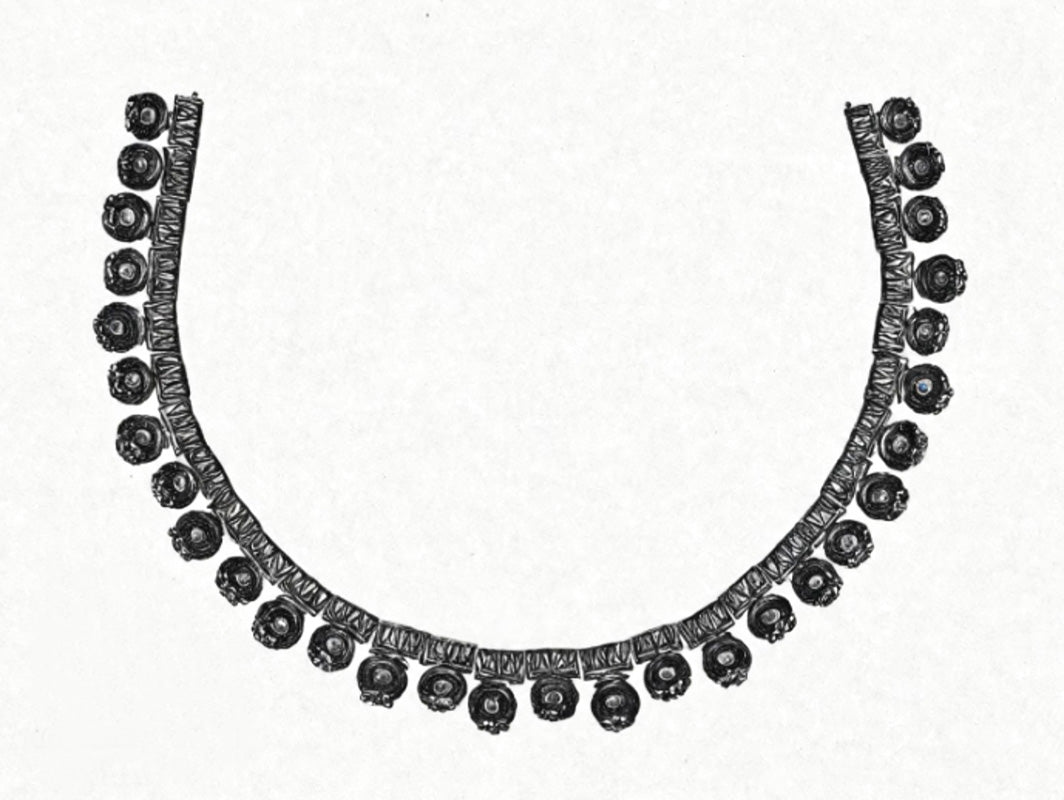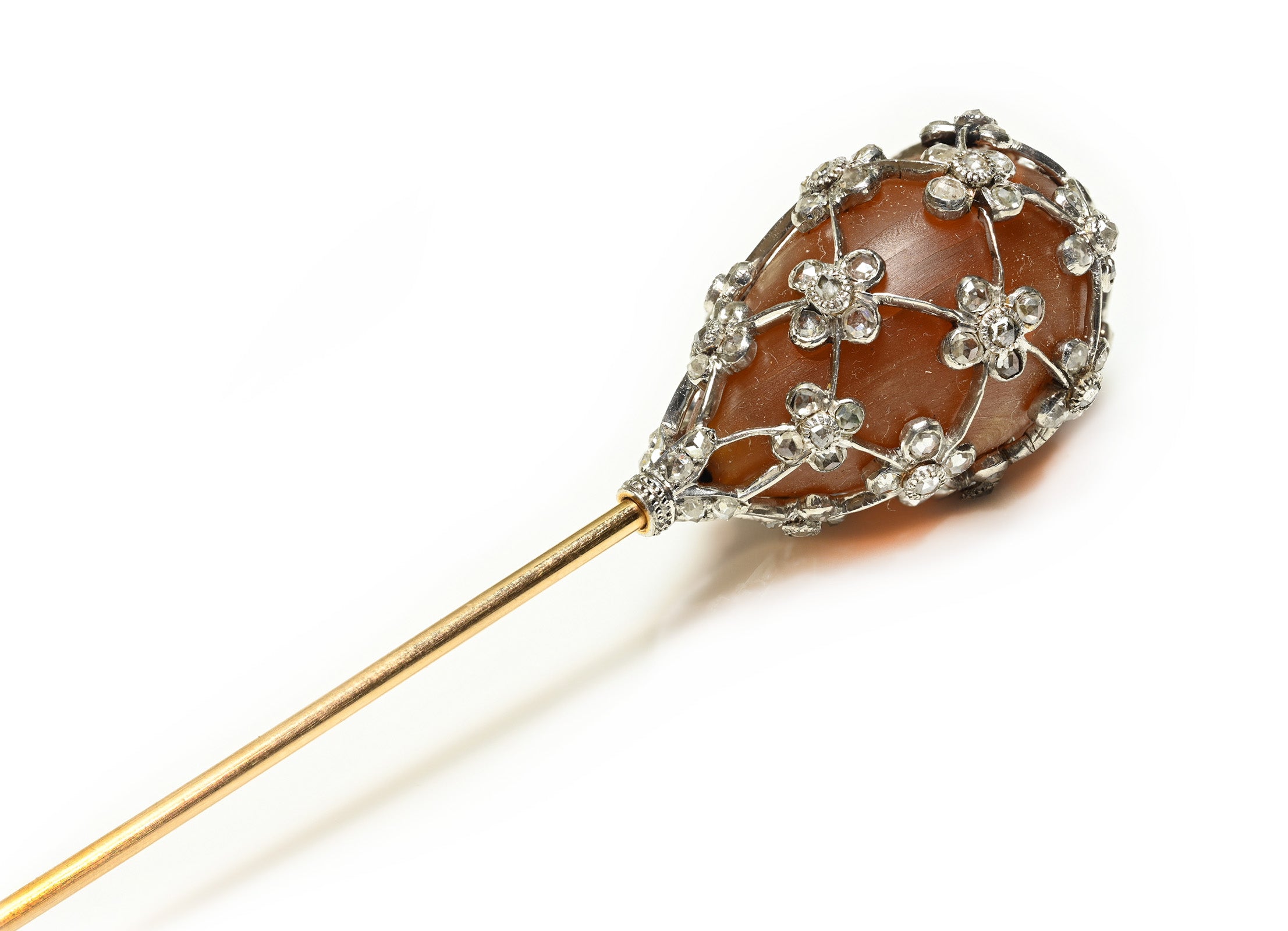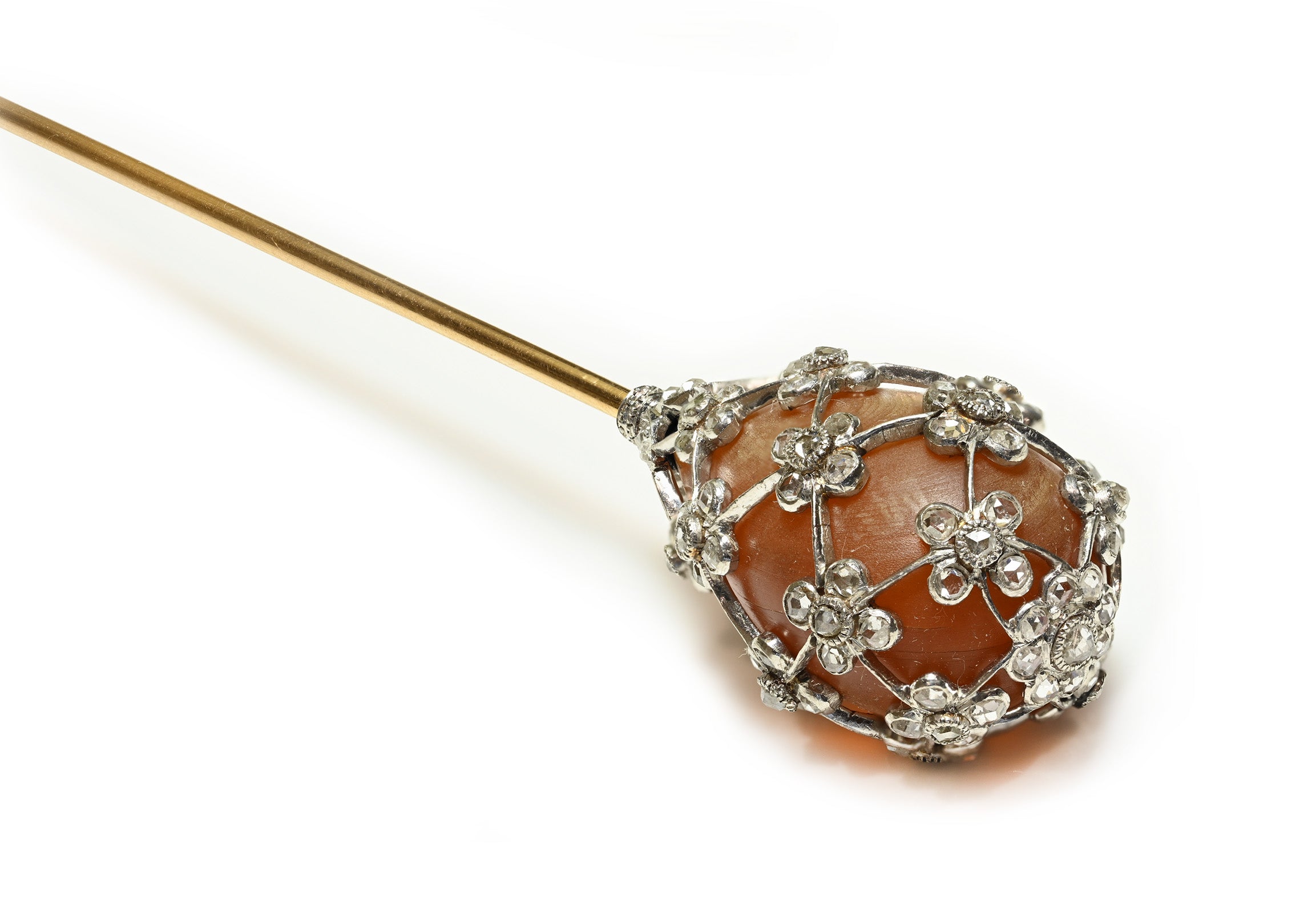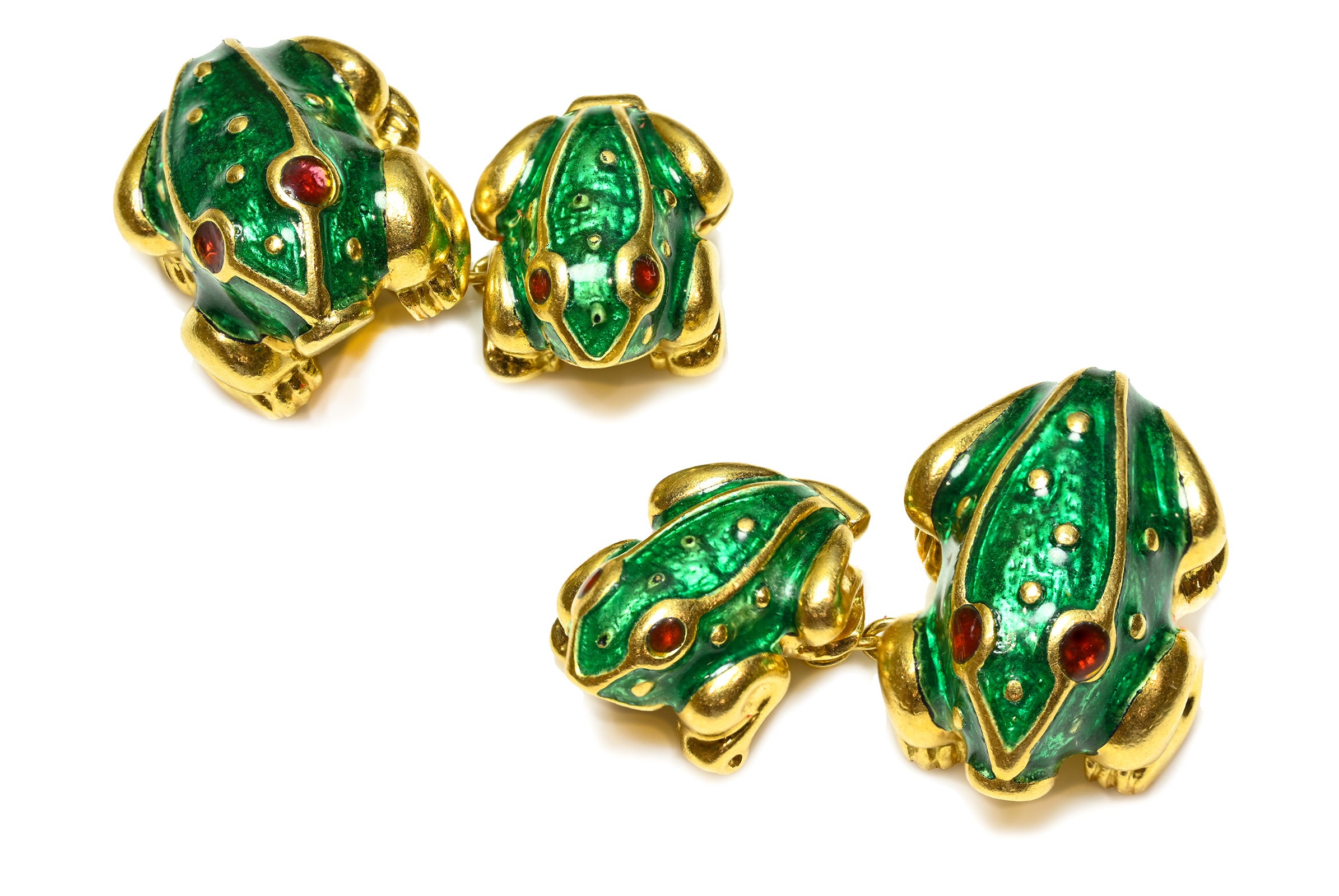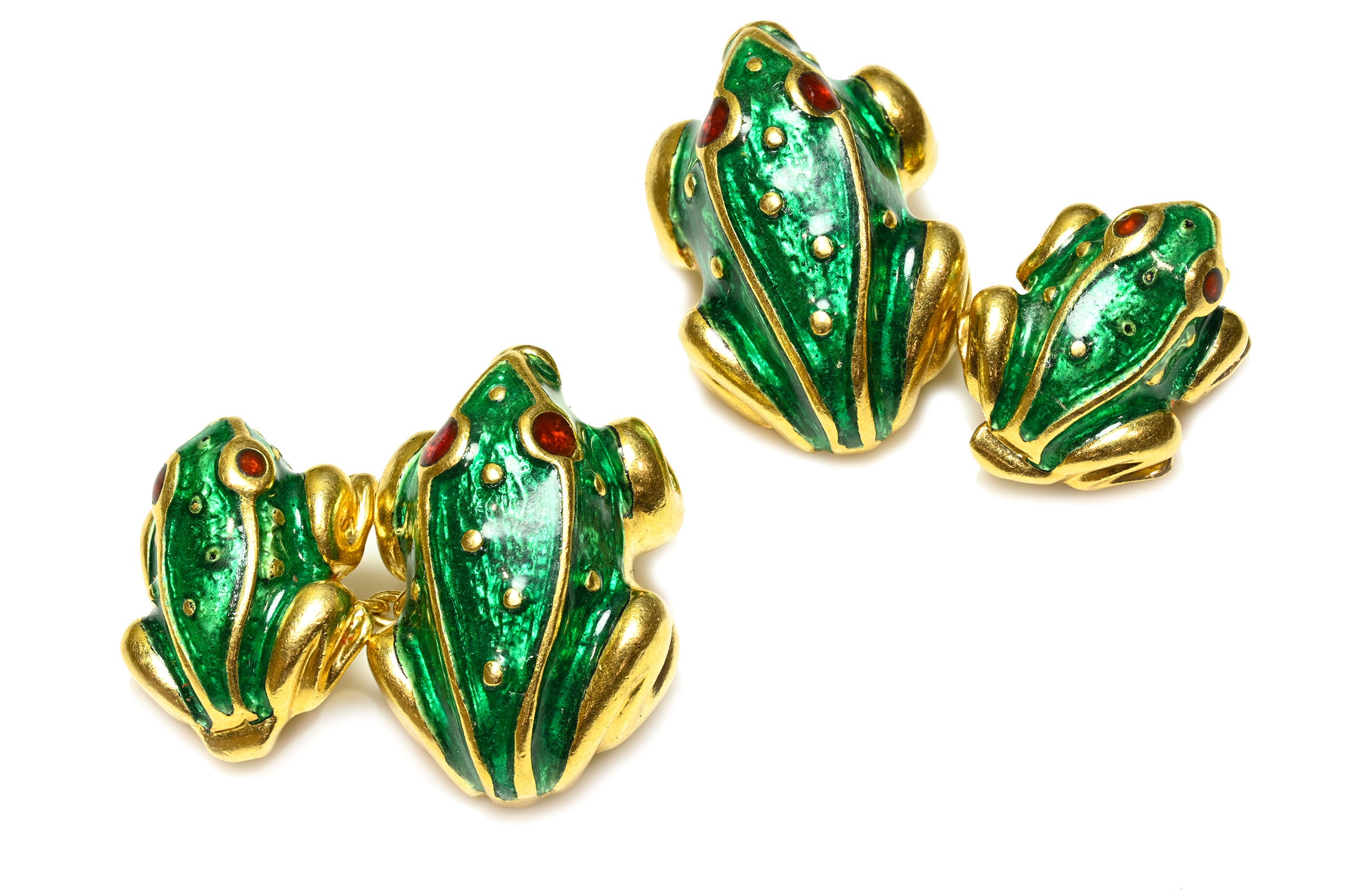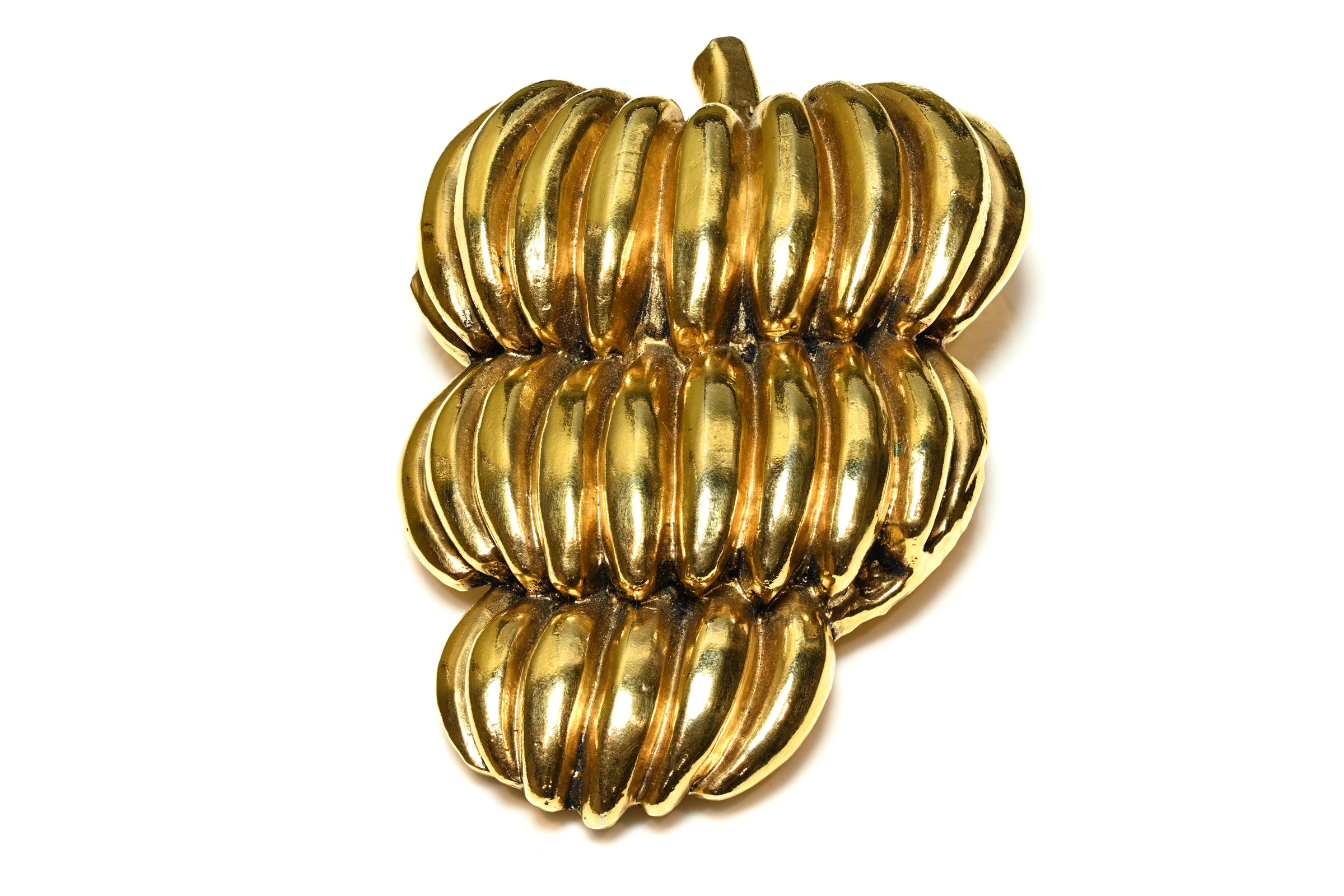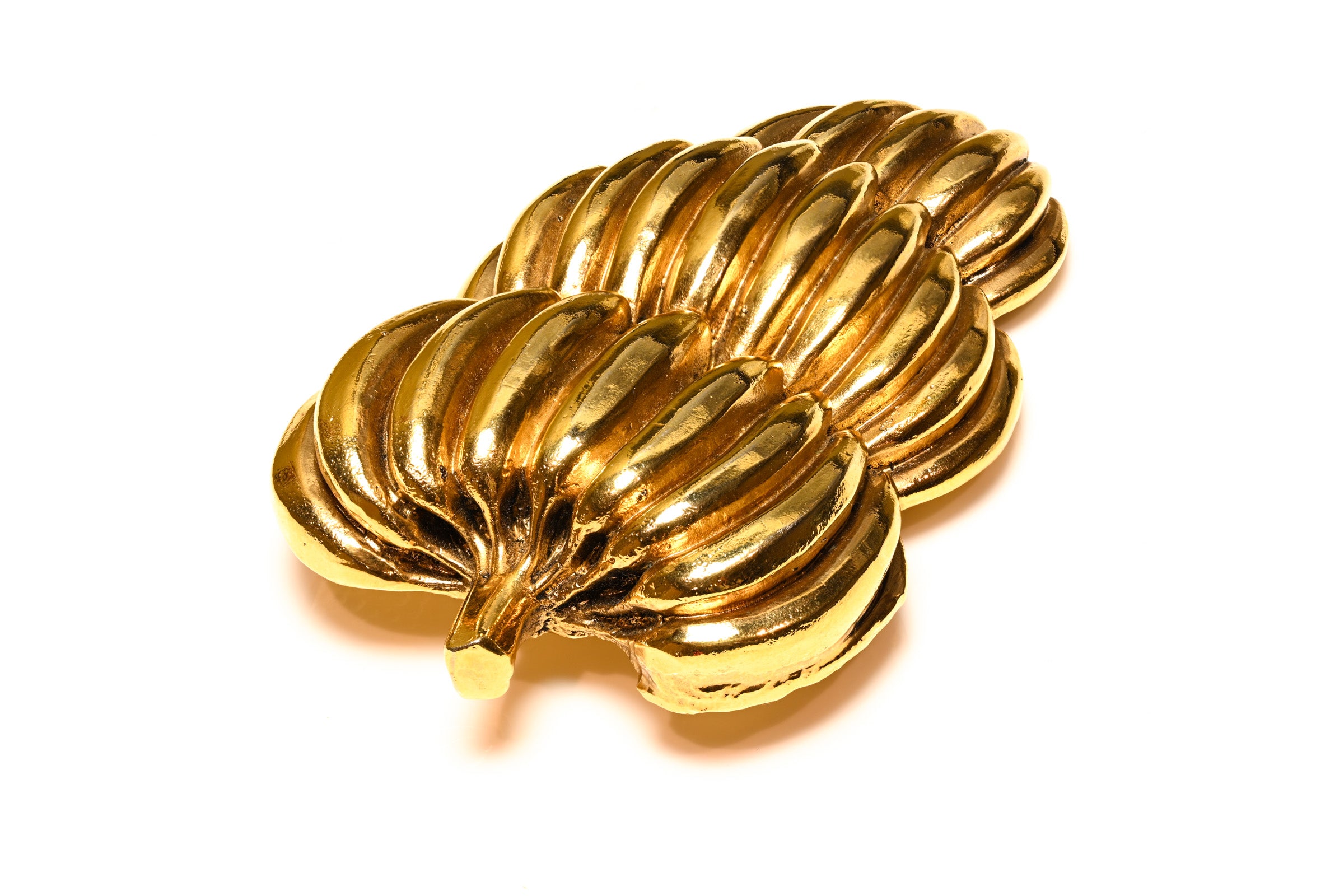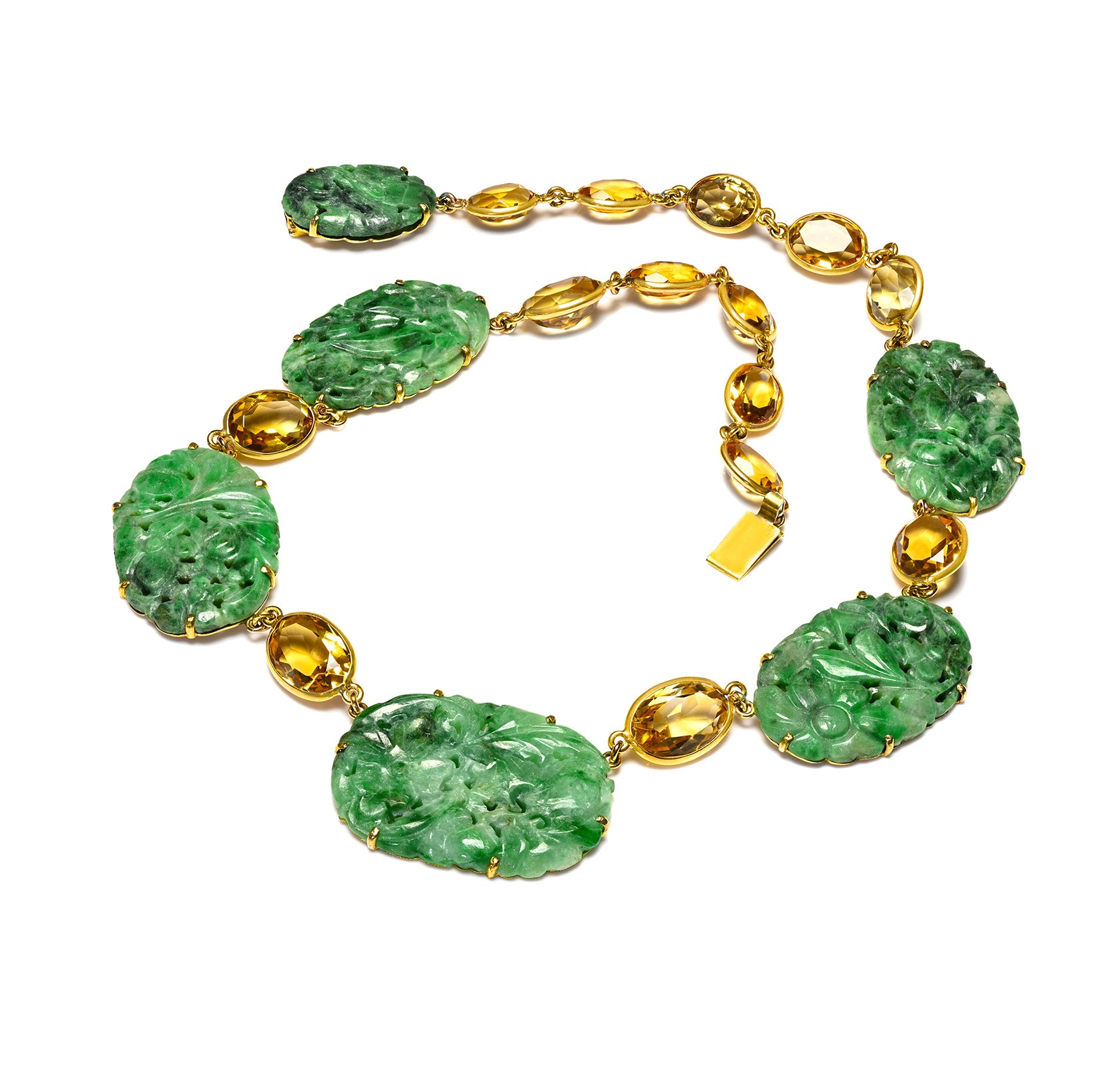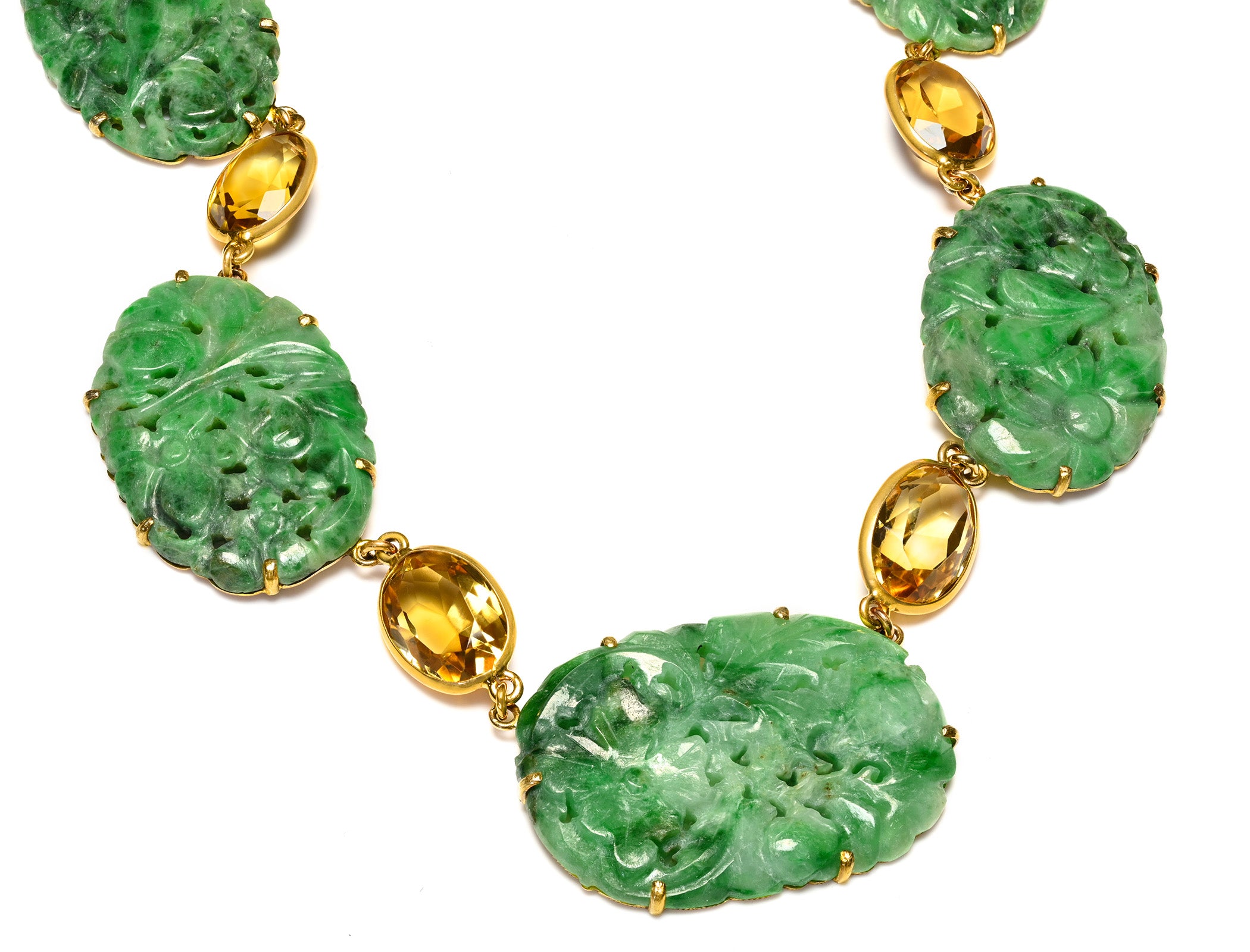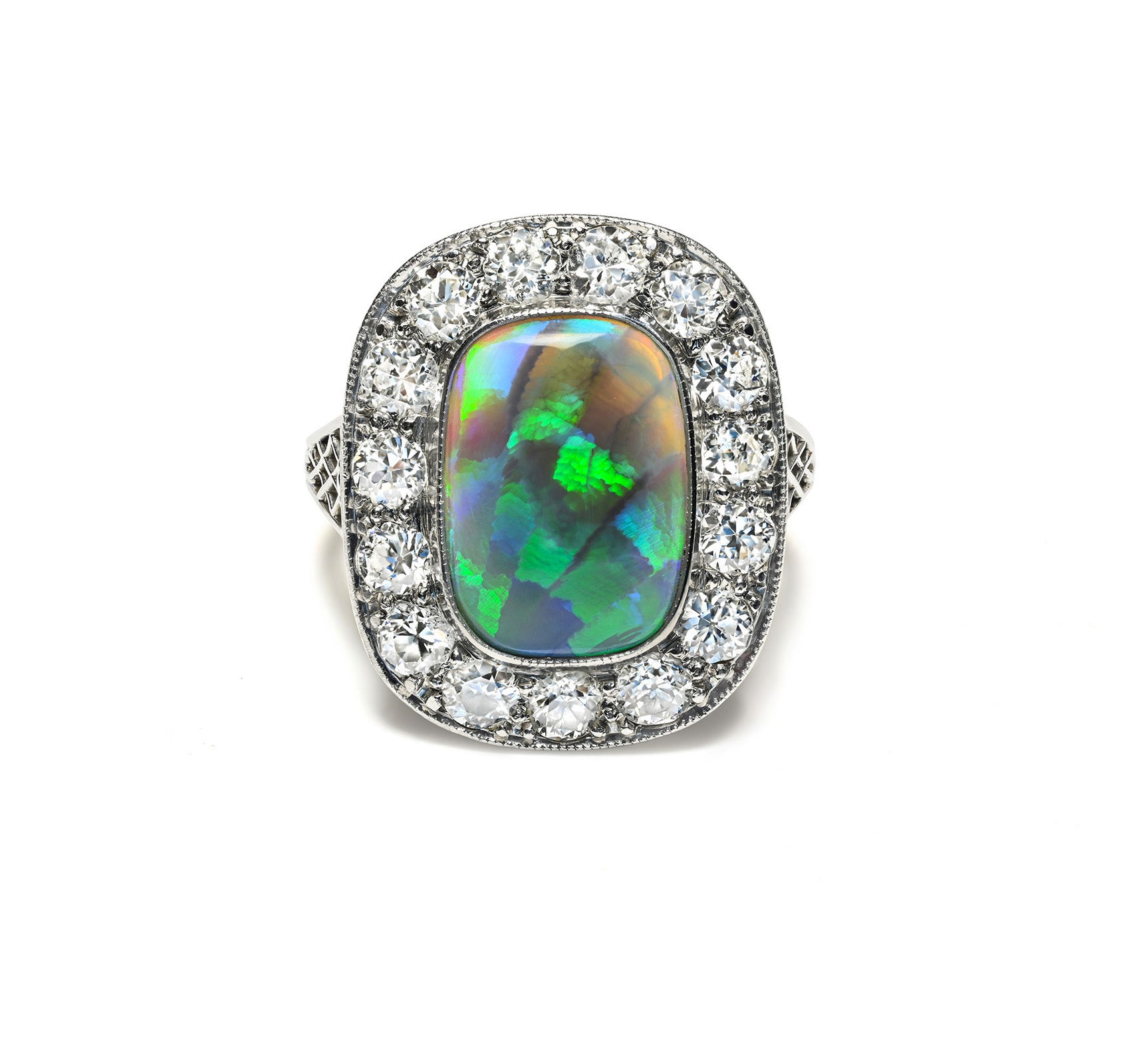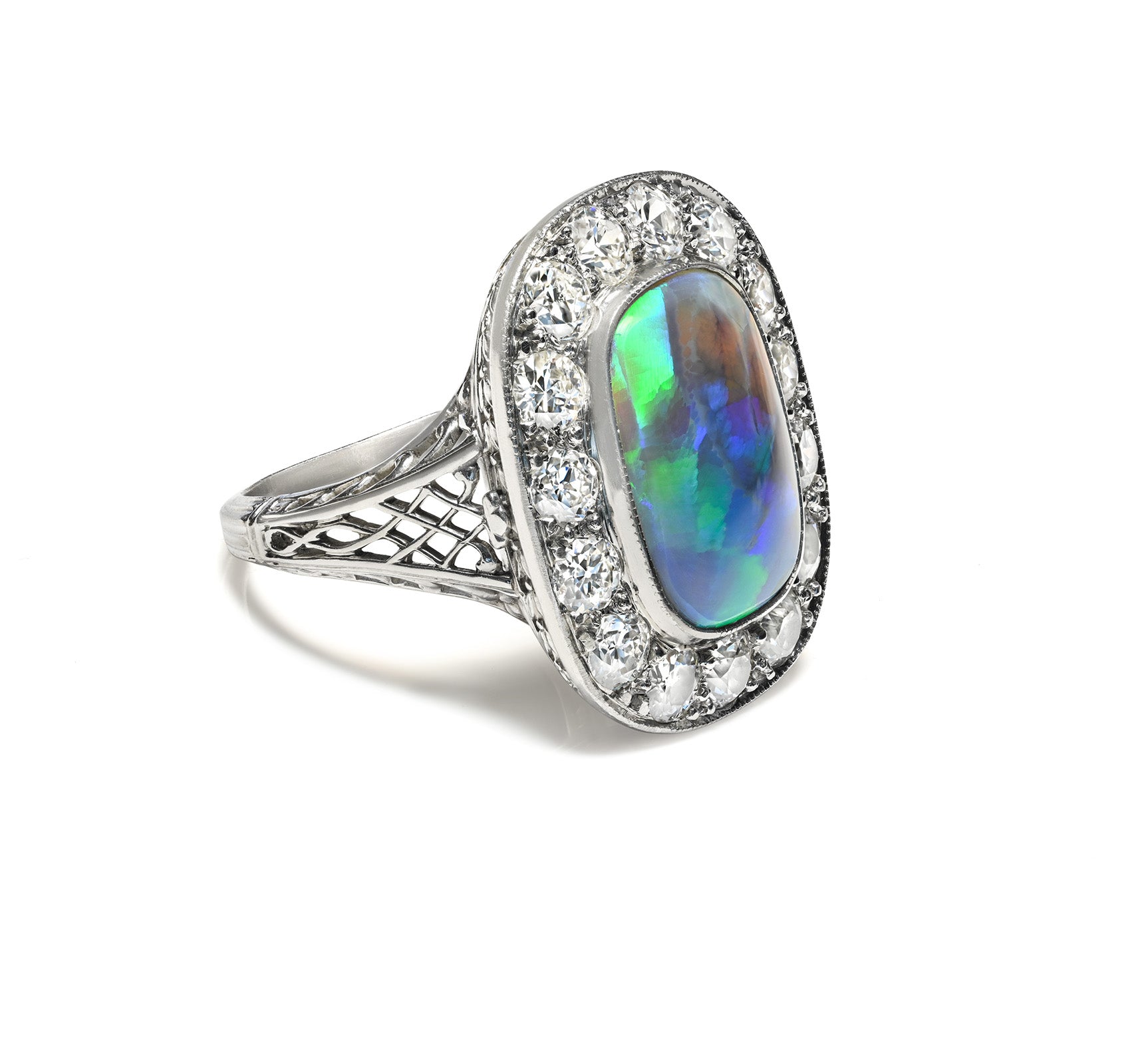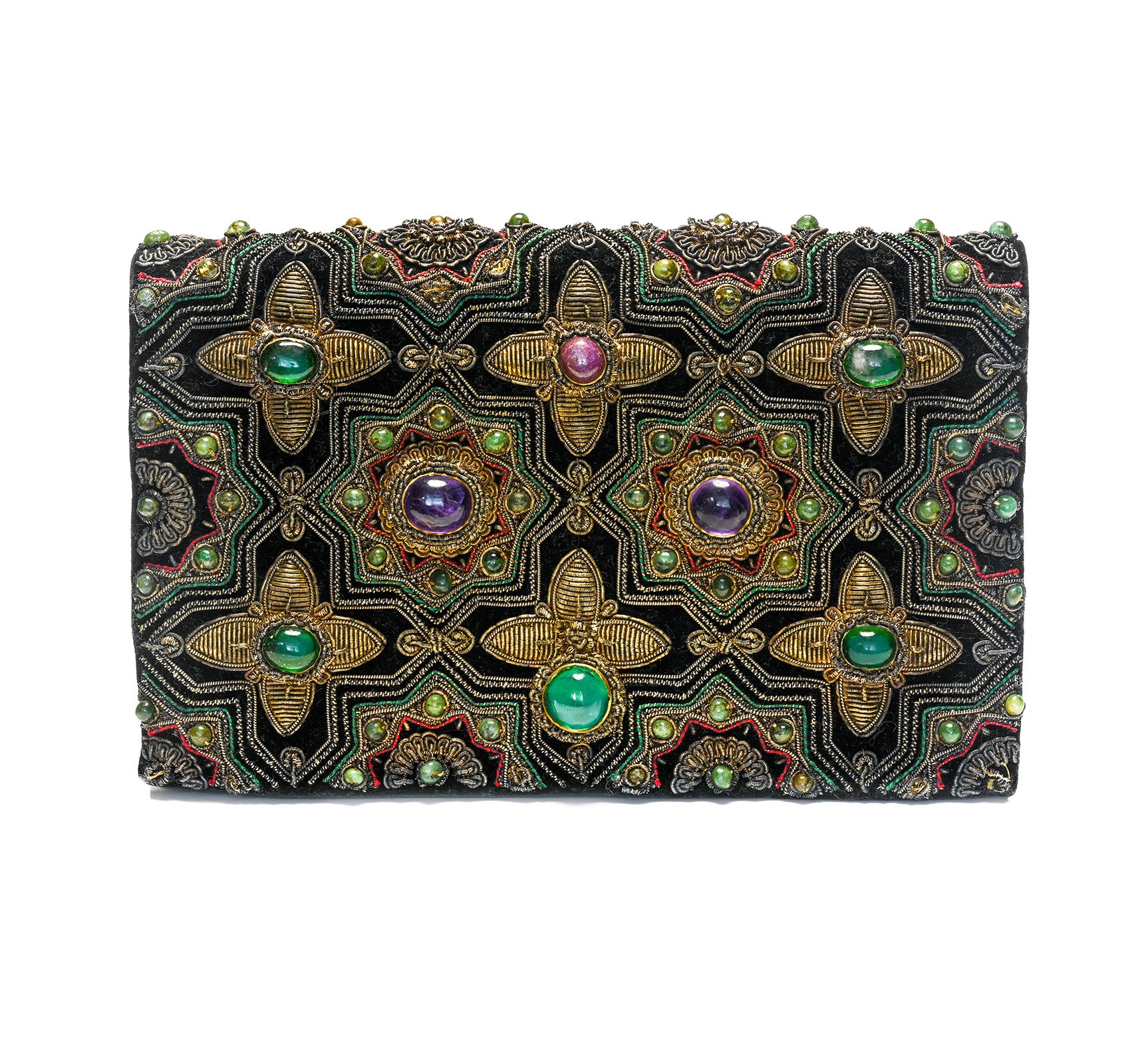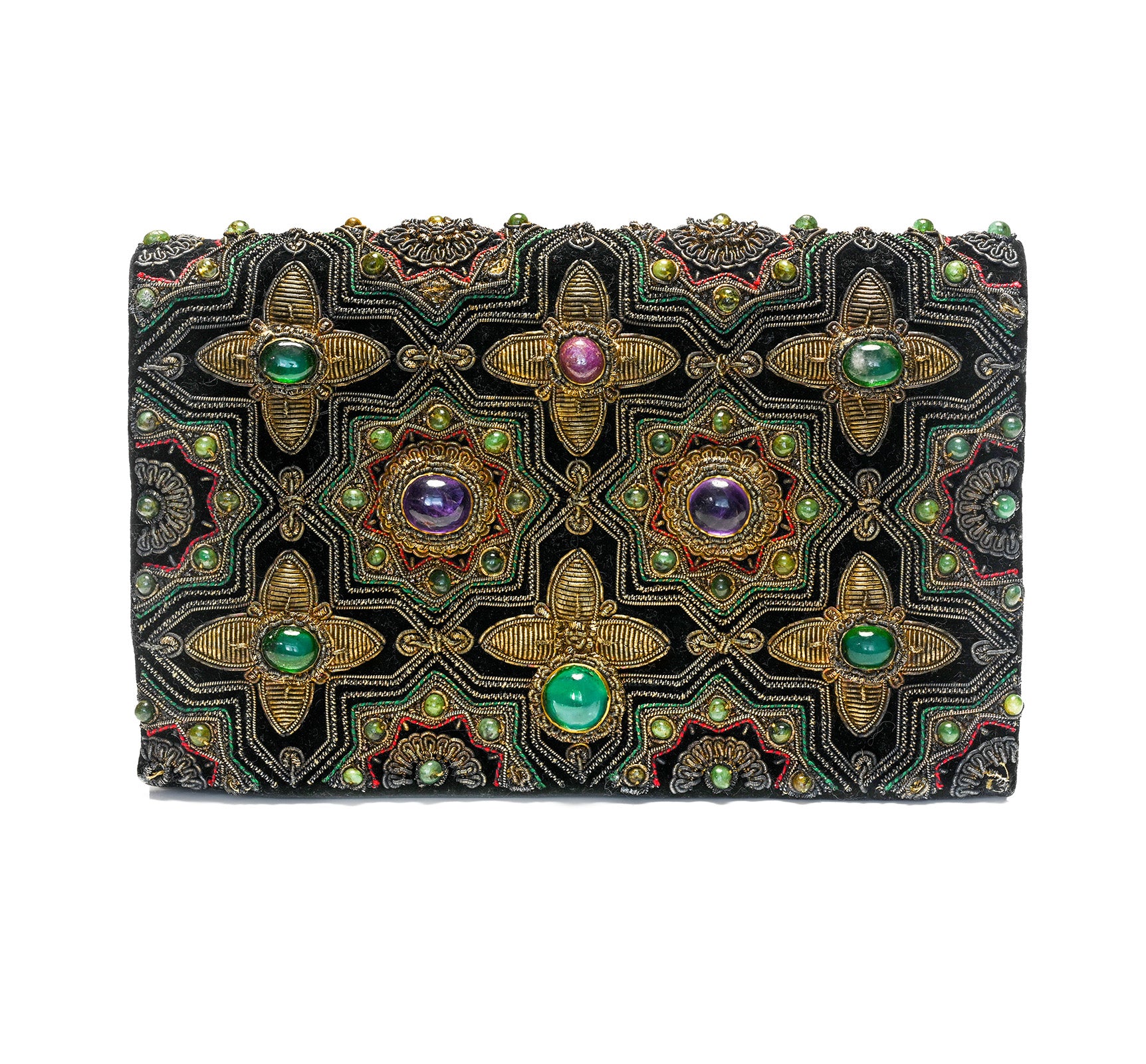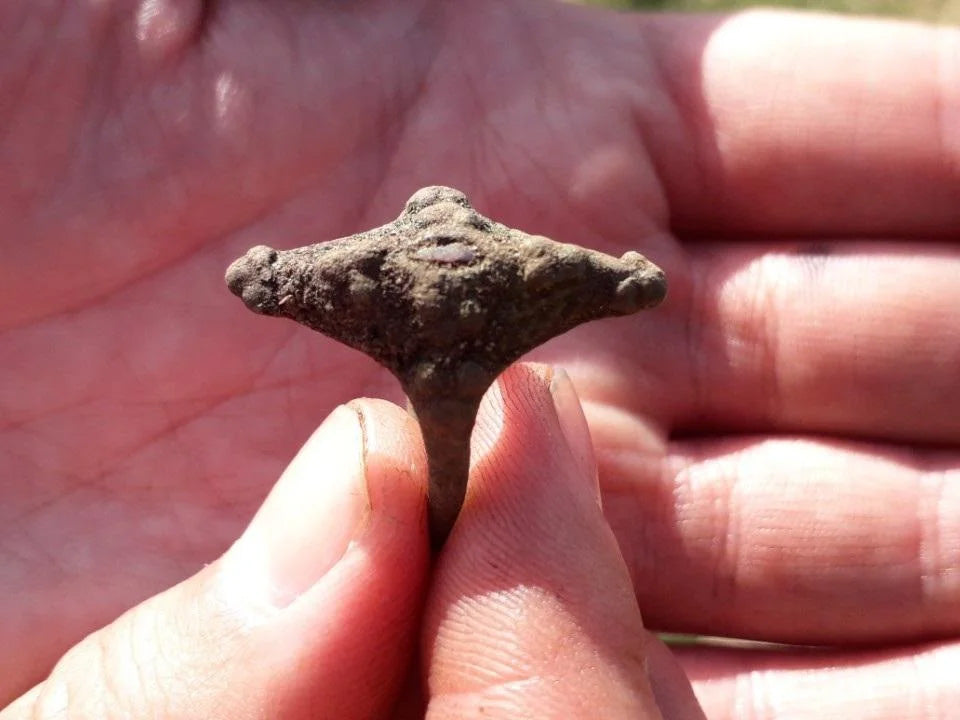
Remarkable Discovery: Rare Pictish Ring Unearthed in Scotland
An enthusiastic amateur archaeologist has made a remarkable discovery in Scotland—a Pictish ring buried for over 1,000 years.
This "kite-shaped ring with a garnet or red glass center" was unearthed at an excavation site at Burghead Fort, located in northeastern Scotland. The University of Aberdeen, which led the dig, described the find as "extraordinary."
John Ralph, a retired engineer and university graduate, volunteered for the excavation at Burghead. On the last day of the dig, he found something that initially seemed unremarkable. Ralph didn’t expect much from the discovery until he showed it to a fellow volunteer, whose reaction suggested that he might have stumbled upon something special.
In a statement quoted by CNN, the university noted that Ralph had been referred to as an "enthusiastic amateur" throughout the two-week dig. He had even earned a reputation among experts for his talent in spotting "shiny pebbles." This was his third time participating in an excavation at Burghead.
Professor Gordon Noble, the lead archaeologist at the site, described the find as "truly remarkable." When Ralph showed him the ring, Noble immediately recognized its significance. Despite being buried for over a millennium, the garnet setting remained visible.
"John came over and said, ‘Look what I’ve found,’" Noble recalled. "Even before the conservation work, we could tell it was something special. After more than a thousand years underground, we could still see glints of the garnet setting."
The Picts were an ancient people who lived in what is now eastern and northeastern Scotland during the late Iron Age and Early Medieval periods, from approximately the 3rd to 9th centuries AD. Known for their intricate stone carvings and mysterious symbols, the Picts resisted Roman conquest and later became part of the Kingdom of Alba, which evolved into modern Scotland. Despite their significant cultural influence, much of Pictish history remains shrouded in mystery due to a scarcity of reliable written records. Their disappearance from history in the 9th century has left behind only fascinating archaeological remains, making Pictish artifacts extremely valuable.
Noble explained that very few Pictish rings have ever been found, and those that have surfaced were often discovered in hoards intentionally buried for safekeeping. Discovering such a ring on the floor of what was once a house was completely unexpected, adding to the significance of the find.
The ring is currently undergoing analysis at the National Museum of Scotland's Post-excavation Service.
Ralph, a Burghead native, expressed his excitement about contributing to the region’s understanding of its Pictish heritage. He described the thrill of unearthing an artifact and realizing that he was likely the first person to see it in over a thousand years. The discovery prompted him to wonder about the ring’s history—who owned it, how it was used, and how it ended up lost.
Susan O’Connor, head of grants at Historic Environment Scotland, praised Ralph for playing a crucial role in bringing this important find to light. Although the materials used to make the ring might not hold high monetary value today, O'Connor emphasized the importance of the discovery for shedding light on Pictish society. She also expressed her excitement for the insights the National Museum’s ongoing analysis might reveal.
The public will have an opportunity to learn more about the discovery during an open day at Burghead Fort on September 8. Visitors can meet archaeologists, view Pictish stone carvings, and watch traditional leatherworking demonstrations.

